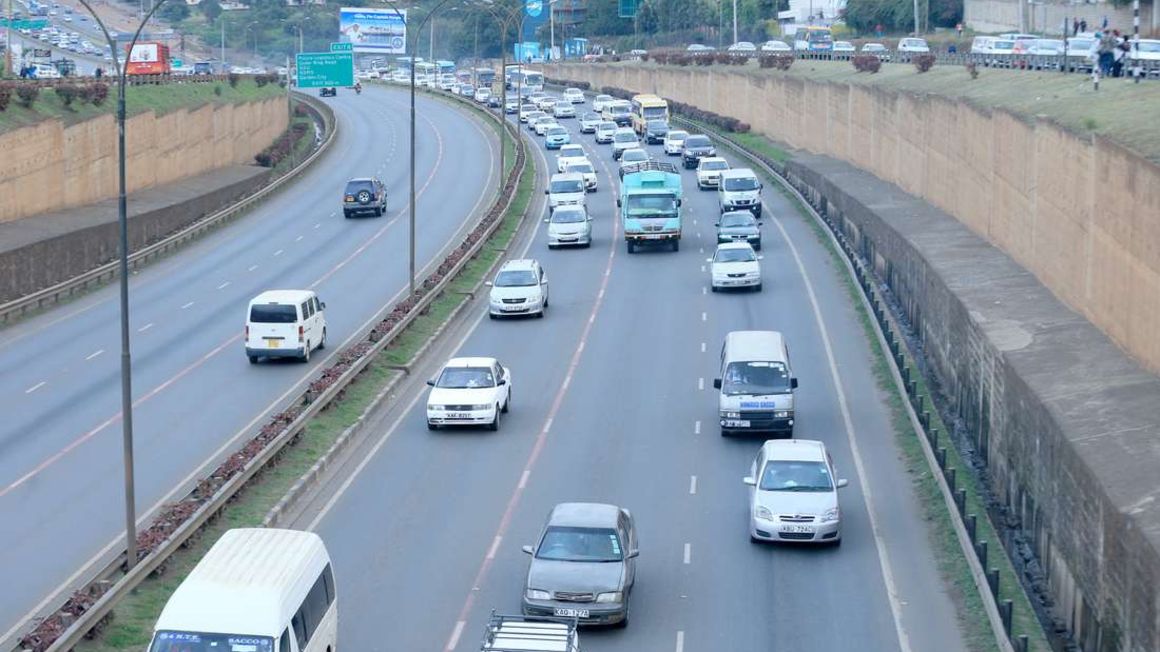Traffic builds on Thika Highway on June 20. PHOTO | FILE | NATION MEDIA GROUP Commuters will find it a bitter pill to swallow connecting from their residential areas to Thika road Bus Rapid Transit stations and then boarding a different bus to town under the current BRT plan.
According to a project feasibility, a majority of those using the highway to town only take one public service vehicle, making the requirement to alight and take another vehicle a thorn in their backside.
The scenario now presents a major hurdle to the project, which will see the road reworked at Sh5.6 billion from next week in a bid to decongest the superhighway through the high capacity vehicles using dedicated lanes from March 2021.
DESIGN FINALISED
The project feasibility seen by the Nation explains the difficulty in creating an interchange on every link the feeder roads join the superhighway and, which forces commuters from areas off the road to take two buses to town.
“Most routes on Thika Rd provide express-style service from residential areas to central Nairobi. Passengers who currently enjoy a one-seat journey to the CBD will need to transfer from feeders,” the report details.
Nairobi Metropolitan Area Transport Authority (NaMATA) in the feasibility said design for the bus service had been finalised and approved by the Cabinet.
The authority then awarded a contract for construction of BRT infrastructure as part of implementation of Thika Road Pilot BRT Project starting from Clayworks and terminating at the Kenyatta National Hospital (KNH) via the CBD.
TRANSFER TERMINAL
The project involves design and construction of a depot/terminal at Kasarani, a transfer terminal at Eastern Bypass and 10 stations along the Thika Superhighway.
NaMATA chief executive Francis Gitau said modelling was still being done to overcome the hurdle that may be caused by the need to connect two buses to town including the possibility of creating feeder networks in high demand areas where one will take a single BRT bus to town.“We are still modelling to determine any unique requirements for the feeder networks. In some areas we may have to do trunk corridors to pick commuters from high demand areas to town. The value proposition will also be relatively high considering that our fares will be very affordable, buses safe and one will reduce travel time to town by half even if they connect. It’s about reliability too,” Mr Gitau said.Swiss International halts Mount Kenya resort set […]
